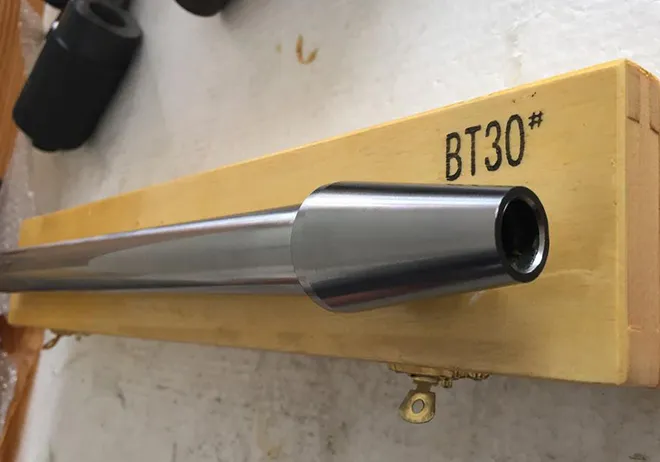ພ.ຈ. . 28, 2024 08:00 Back to list
Evaluate Control Valve Costs and Pricing Trends for Industrial Applications
Understanding the Factors Influencing Control Valve Prices
Control valves are essential components in various industries, including oil and gas, water treatment, chemical manufacturing, and power generation. Their primary function is to regulate the flow, pressure, temperature, and level of fluids, ensuring optimal operation and system efficiency. Given their critical role, understanding the pricing of control valves is increasingly important for engineers, procurement managers, and financial analysts. This article explores the factors that influence control valve prices, enabling stakeholders to make informed purchasing decisions.
The Types of Control Valves
Before delving into pricing, it's crucial to differentiate between the various types of control valves. Common types include globe valves, ball valves, butterfly valves, and diaphragm valves. Each type offers distinct advantages and disadvantages, impacting their suitability for specific applications. For instance, globe valves are known for tight sealing and are often used in applications requiring precision, while ball valves are favored for their quick operation and low resistance to flow.
Key Factors Influencing Control Valve Prices
1. Material Composition The materials used in manufacturing control valves have a significant impact on their cost. Control valves can be constructed from a variety of materials, including stainless steel, carbon steel, brass, and plastic. High-performance materials like alloys or special coatings for corrosion and heat resistance may substantially increase the price. Industries involving severe conditions, including high pressures and temperatures or aggressive chemicals, often require these specialized materials, leading to a higher cost.
2. Size and Specifications The size of the valve and its specifications, such as pressure ratings and flow characteristics, are critical determinants of price. Larger valves capable of handling higher flow rates typically cost more due to the increased material and manufacturing complexity. Additionally, valves with specific certifications or compliance with codes and standards (like ANSI, API, or ISO) may incur additional costs related to testing and certification.
control valve price

3. Technology and Features Incorporating advanced technology can influence the price significantly. Valves equipped with electronic pilot controls, smart actuators, or integrated flow sensors tend to be more expensive. While these features enhance performance, reliability, and automation, they also drive up initial costs. As industries move towards automation and process optimization, the demand for technologically advanced control valves is likely to increase.
4. Brand Reputation The manufacturer’s reputation can substantially affect price. Established brands with a track record for quality, reliability, and customer service often command higher prices. Buyers may be willing to pay more for the peace of mind that comes with a trusted product. Conversely, lesser-known brands might offer lower prices but could pose risks related to durability and reliability.
5. Market Demand and Supply Chain Dynamics Like any commodity, control valve prices are influenced by market demand and supply chain dynamics. Global events, such as pandemics, geopolitical tensions, or natural disasters, can disrupt supply chains, leading to increased prices due to shortages. Similarly, fluctuations in demand due to economic conditions or changes in industrial activity can impact pricing; during an economic upturn, for instance, demand for control valves might spike, driving prices higher.
6. Lead Time and Customization The intricacy of the valve's design and the lead time for production can also affect prices. Custom valves designed for specific applications or made to unique specifications often come with higher costs compared to standard models due to increased engineering and manufacturing requirements. Buyers should consider lead times in relation to project schedules, as delays can lead to increased costs and project overruns.
Conclusion
In summary, the pricing of control valves is influenced by a multitude of factors, including material composition, size, technological features, brand reputation, market dynamics, and lead times. Understanding these factors can help industry stakeholders navigate the complexities of purchasing control valves, ensuring they make informed decisions that meet both their operational requirements and budget constraints. As industries evolve and demand for sophisticated control systems grows, keeping abreast of pricing trends and technological advancements will be essential for optimizing operational efficiency and cost management. Whether you are an engineer, procurement specialist, or project manager, a comprehensive understanding of control valve pricing empowers you to make strategic decisions that drive success in your projects.
-
thread-plug-gauge-our-promise-of-measurement-excellenceNewsAug.22,2025
-
gauge-pin-class-reflecting-quality-legacyNewsAug.22,2025
-
check-valve-types-for-high-rise-buildingsNewsAug.22,2025
-
water-control-valve-for-irrigation-systemsNewsAug.22,2025
-
gate-valve-with-soft-seal-technologyNewsAug.22,2025
-
y-type-strainer-for-oil-and-gas-applicationsNewsAug.22,2025
Related PRODUCTS









